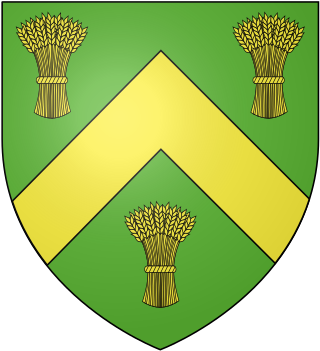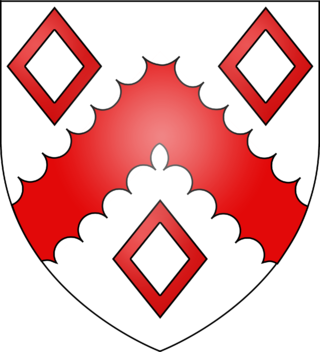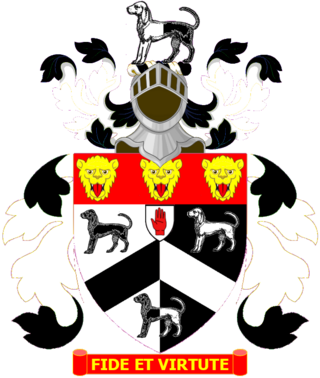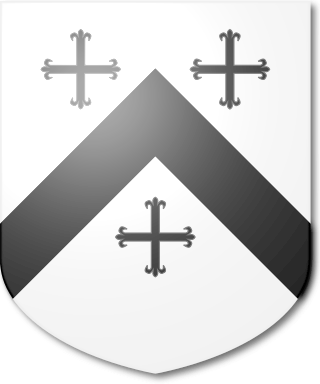Related Research Articles
Sir John Borlase, 2nd Baronet was an English politician.
Sir Henry Fletcher, 3rd Baronet was an English baronet and politician.

Sir John Borlase, 1st Baronet of Bockmer, Medmenham, Buckinghamshire was an English politician who sat in the House of Commons between 1640 and 1644. He supported the Royalist cause in the English Civil War.
The Borlase Baronetcy, of Bockmer in the County of Buckinghamshire was a title in the Baronetage of England. It was created on 4 May 1642 for John Borlase, Member of Parliament for Great Marlow, Corfe Castle and Wycombe. He was succeeded by his only son, who also sat in the House of Commons for Wycombe and Great Marlow. On the second Baronet's death in 1689, the baronetcy became extinct.
Sir Anthony Aucher, 1st Baronet was an English politician who sat in the House of Commons in 1660. He supported the Royalist cause during the English Civil War.

Sir Thomas Aston, 1st Baronet was an English politician who sat in the House of Commons in 1640. He fought for the Royalist cause in the English Civil War. The portrait he commissioned from John Souch of his first wife Lady Magdalene Aston on her deathbed is in Manchester Art Gallery. He is known as an apologist for the Church of England.
Sir James Bellingham, 2nd Baronet was an English politician, lawyer and baronet.
Sir Hugh Cholmeley, 4th Baronet was an English politician and baronet.
Sir William Villiers, 3rd Baronet was an English politician from the Villiers family.
Sir John Delaval, 3rd Baronet, was an English politician.
Sir John Bowyer, 2nd Baronet was an English politician.

Sir George Amyand, 1st Baronet was a British Whig politician, physician and merchant.
Sir Robert Kingsmill, 2nd Baronet was an English landowner and politician.

Sir Thomas Spring, 3rd Baronet of Pakenham Hall in Pakenham, Suffolk, was an English baronet and landowner who served as High Sheriff of Suffolk in 1696.
The Jenoure Baronetcy, of Much Dunmow in the County of Essex, was a title in the Baronetage of England. It was created on 30 July 1628 for Kenelm Jenoure. The title became extinct on the death of the sixth Baronet in 1755.

The Sprignell Baronetcy, of Coppenthorp, now called Copmanthorpe, in the historic county of Yorkshire, was a title in the Baronetage of England. It was created on 14 August 1641 for Richard Sprignell. The title became extinct on the death of the third Baronet in 1691.

The Elwes Baronetcy of Stoke-by-Clare in the County of Suffolk, was a title in the Baronetage of England held by the Elwys family, whose name through the years has alternately been spelled Helwish, Helewise, Helwys, Elwaiss and Elwaies.

Sir George Amyand, 1st Baronet was a British Whig politician, physician and merchant.

Sir Thomas Sherlock Gooch, 5th Baronet was a British politician and landowner.

The Anderson Baronetcy, of St Ives in the County of Huntingdon, was created in the Baronetage of England on 3 January 1629 for John Anderson. The title became extinct on his death in 1630.